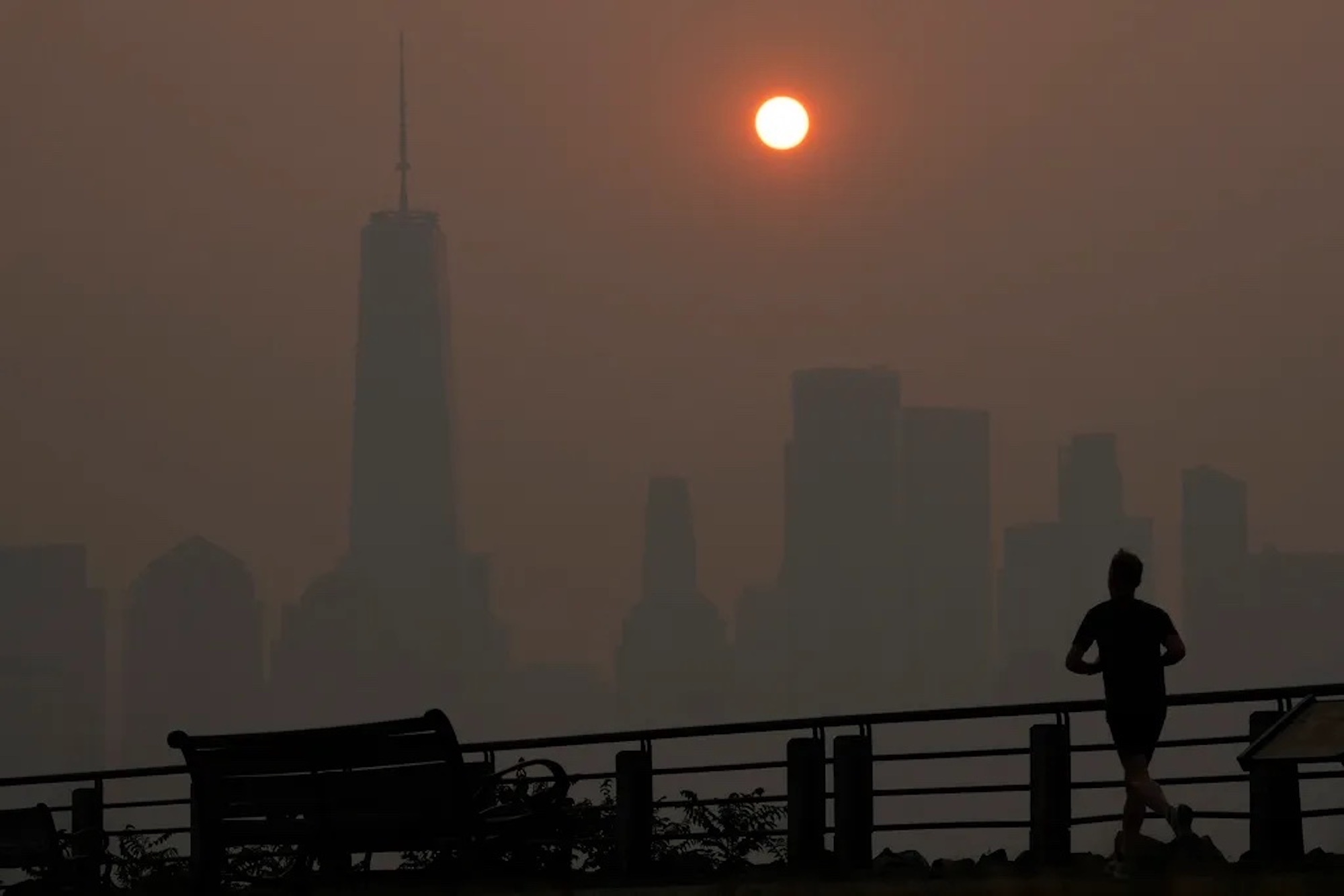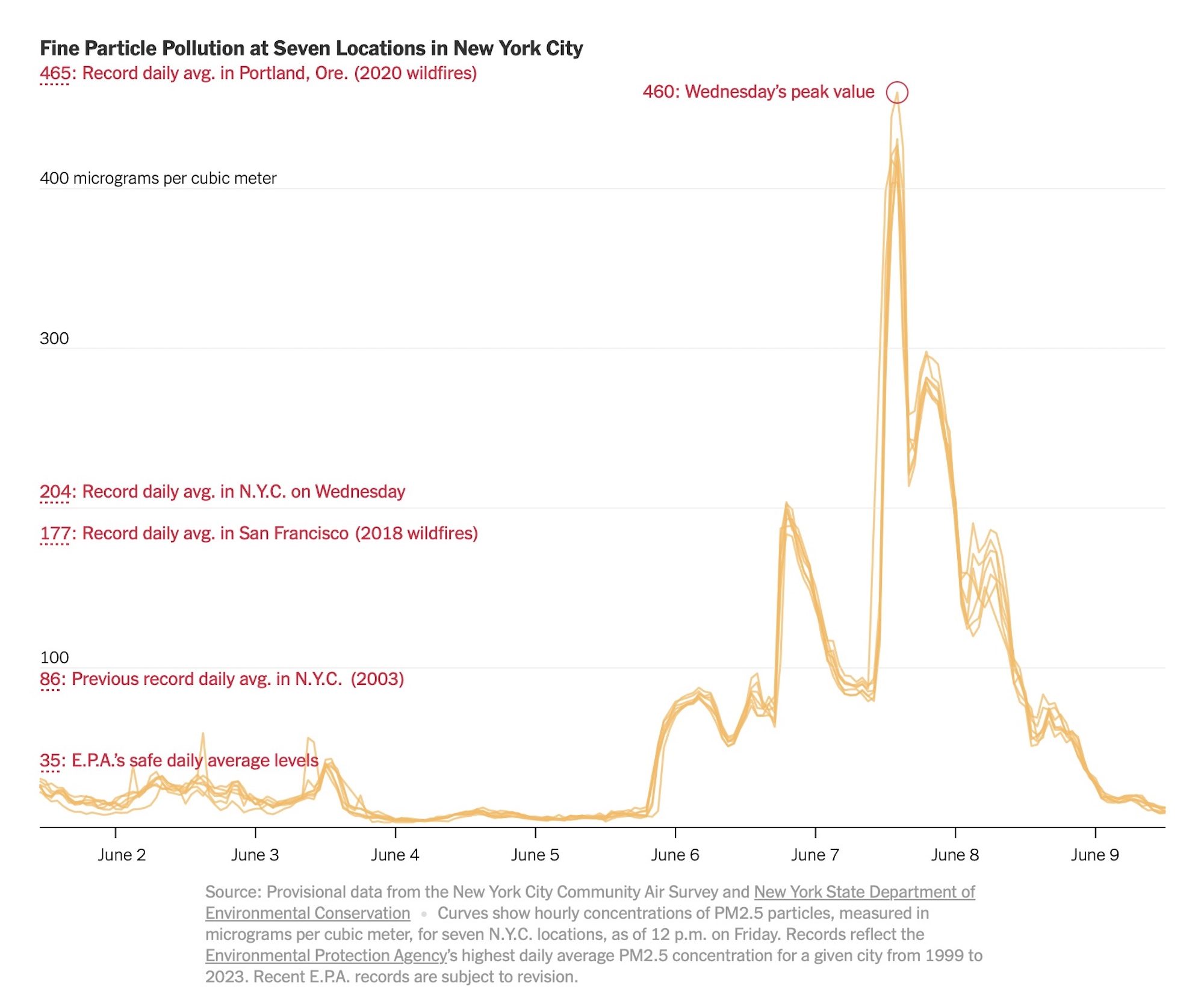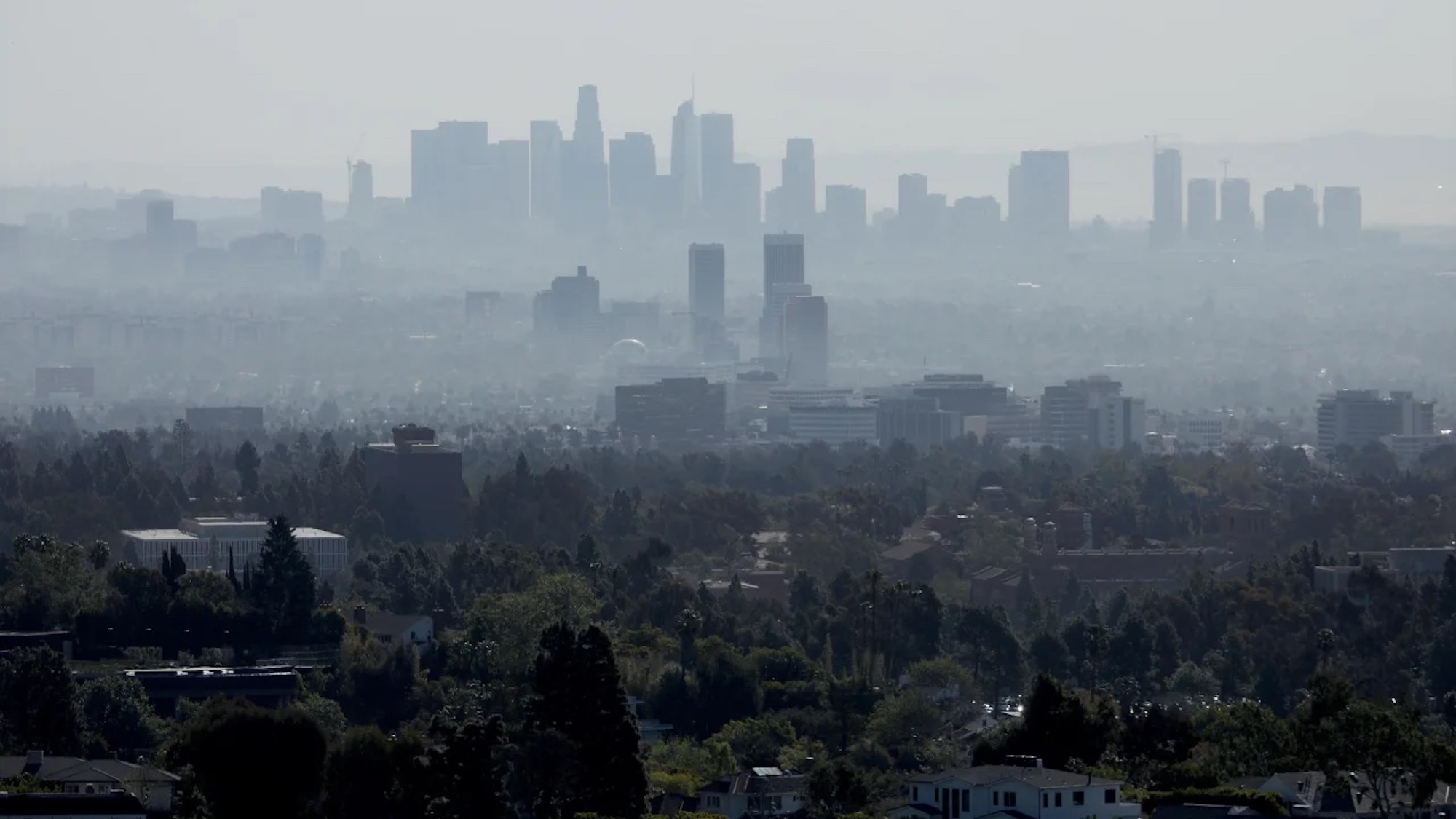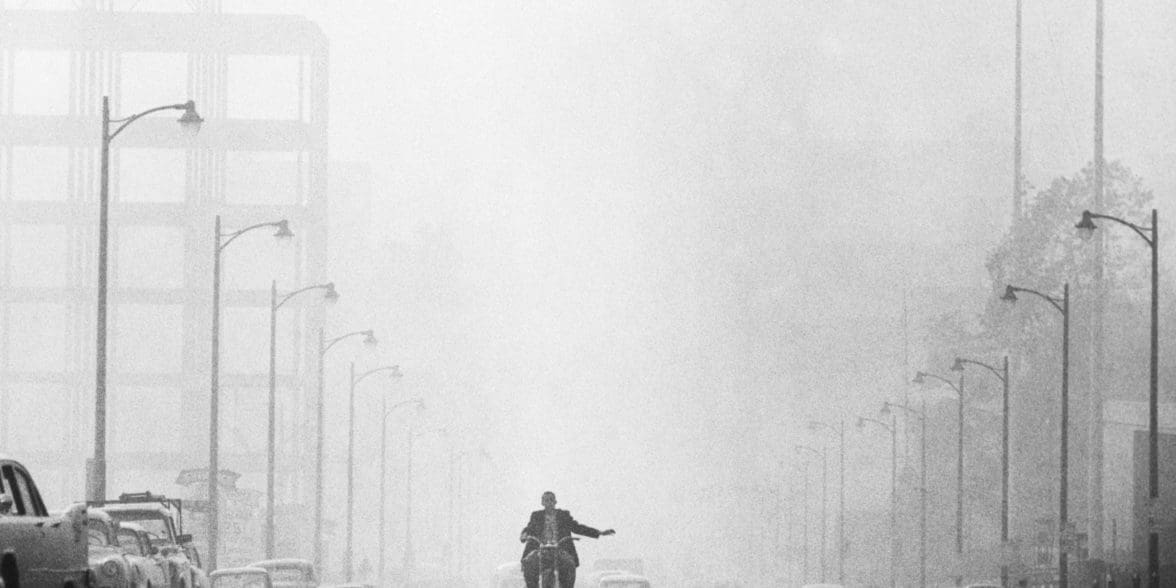If you’ve been anywhere near a news channel in the past few weeks, you’d notice the season’s air pollution warnings have begun flashing across our screens – and with good reason. Here in Canada, forest fires raging across the country have affected a big chunk of America, with winds carrying the pollution as far south as Alabama and far East as Norway (via CNN and the forest fire tracker on the NY Times).
Last year, CNN reports that, on a global scale, “only 13 countries and territories had ‘healthy’ air quality.” In other words, today’s bad ratings in the US are an unfortunate everyday issue in other economies, with Jeremy Sarnat (a professor of environmental health at Emory Uni’s Rollins School of Public Health) stating that “This is a severe air pollution episode in the U.S., but… fairly typical for what millions and millions of people experience in other parts of the world.”

The offensive, airborne materials in question are measured in a unit called “PM 2.5.” PM 2.5 is any pollutant in the air measuring 2.5 microns or less, with a single micron equal to one 25,000th of an inch.
The teeny profile of these guys might make them invisible to the naked eye… but not if the air carries a lot of them.
Let’s take Sajjad Haider’s case study as an example.
Sajjad is a motorcyclist from Pakistan, a country that locks in an average PM2.5 concentration of 59 micrograms per cubic meter, also written as “59 µg/m³” (via World Population Review).
Sajjad’s situation is not ideal; with motorcycling being his only method of travel, his doctor has prescribed steam and hot water treatments to help the man’s chest stay clear in spite of daily exposure, but the Sentinel records how “he cannot follow another bit of the doctor’s advice: Don’t go out on his motorbike if he wants to keep his health.”
“I can’t afford a car and I can’t continue my business without a motorbike,” admits Haider.
We now take Sajjad Haider’s story – which happened at 59 µg/m³ – and take a gander at New York, who just locked in 460 µg/m³ last Wednesday (via the NY Times), thanks to the residual blow-over from forest fires.
For reference, the US EPA’s recommended air pollution levels are 35 µg/m³.



Bottom line, America’s air levels aren’t always within the recommended levels… so how can we, as motorcycle riders, protect against the worse days?
Unfortunately, for the worst days, medical professionals recommend staying clear of riding completely. While overall air quality trends in the US show clean air progress compared to 1990 (via the US EPA), New York is one of many examples taking our news channels by storm, with high levels of PM 2.5 causing “eye, nose, throat, and lung irritation and even affect[ing] heart function.”



Haider’s symptoms are a reminder that pollution in concentrated levels is not only bad for the health, but affects our own lives on local shores. Staying home (or finding a way to work with a quality air filter) remains a recommended priority for longevity of life.
Stay safe and grab an N95 if you’re in an area affected by the Western forest fires.



